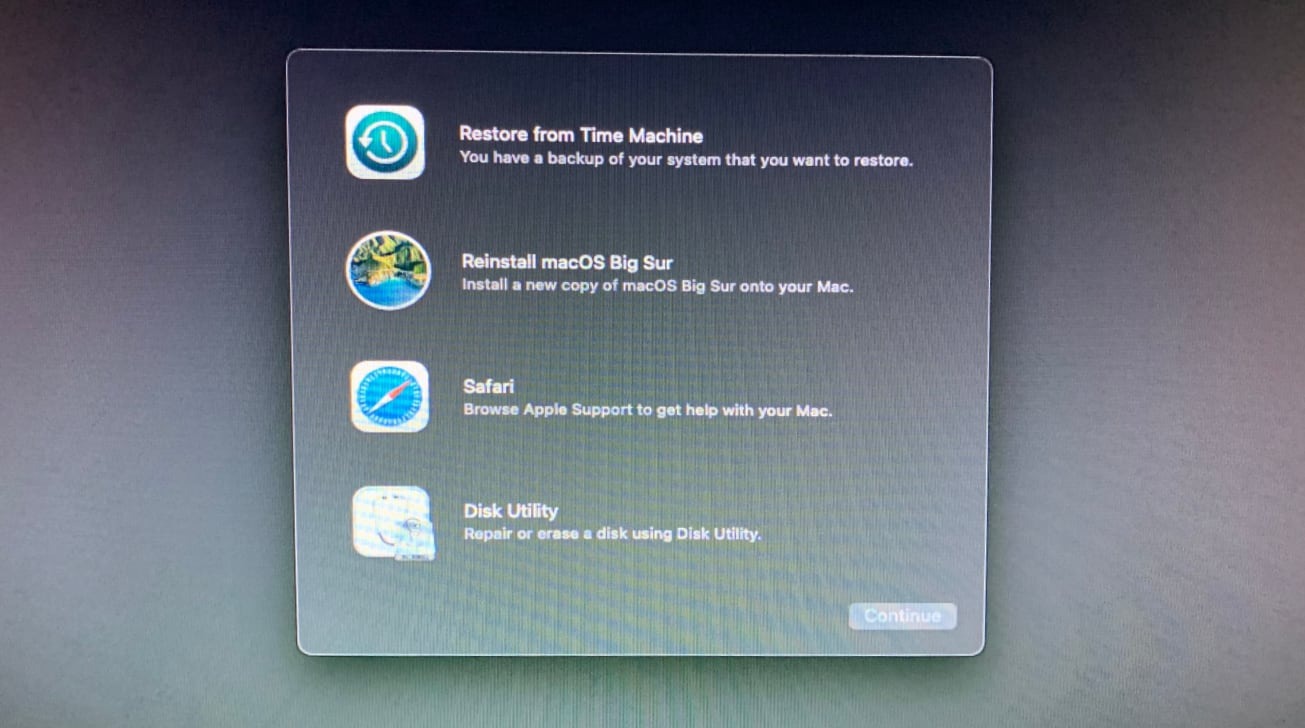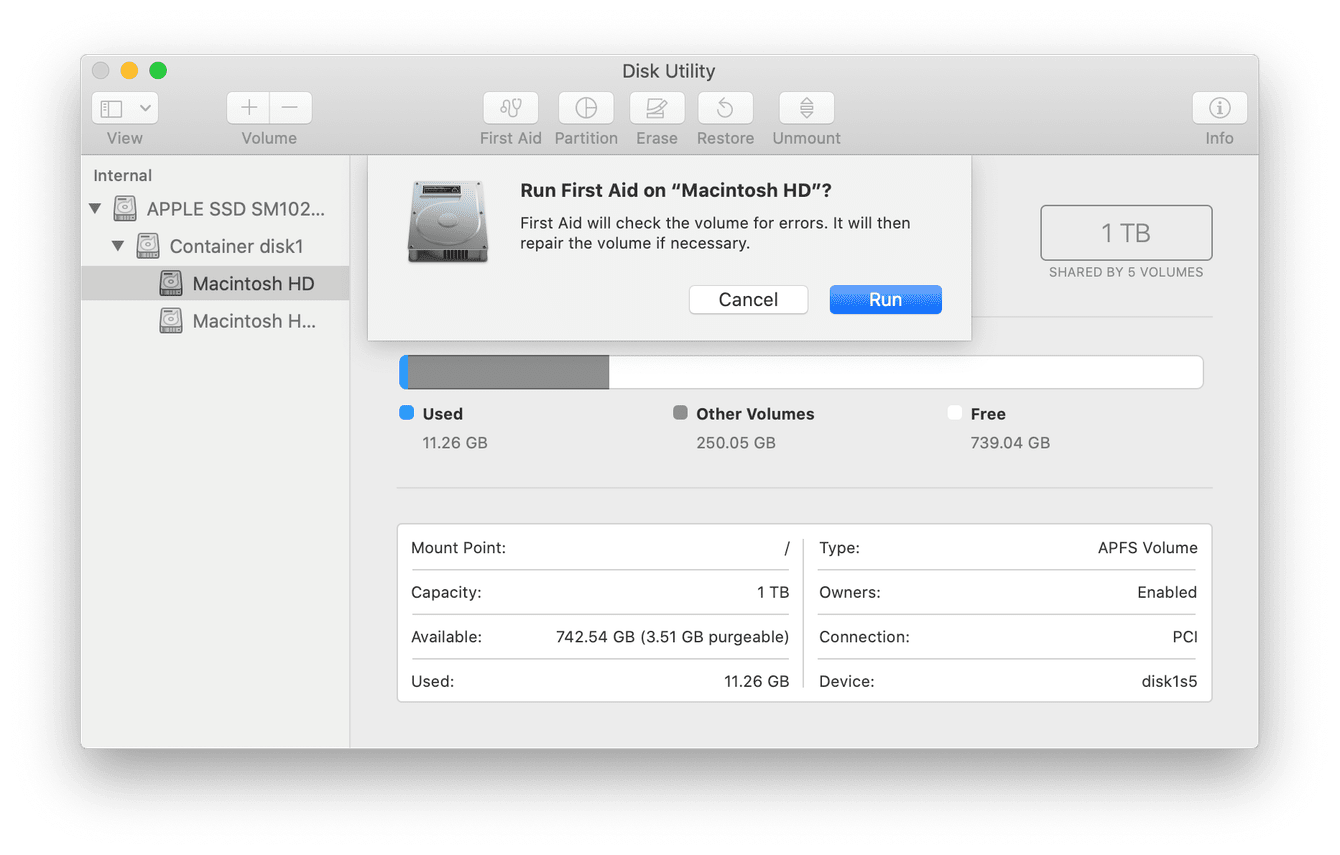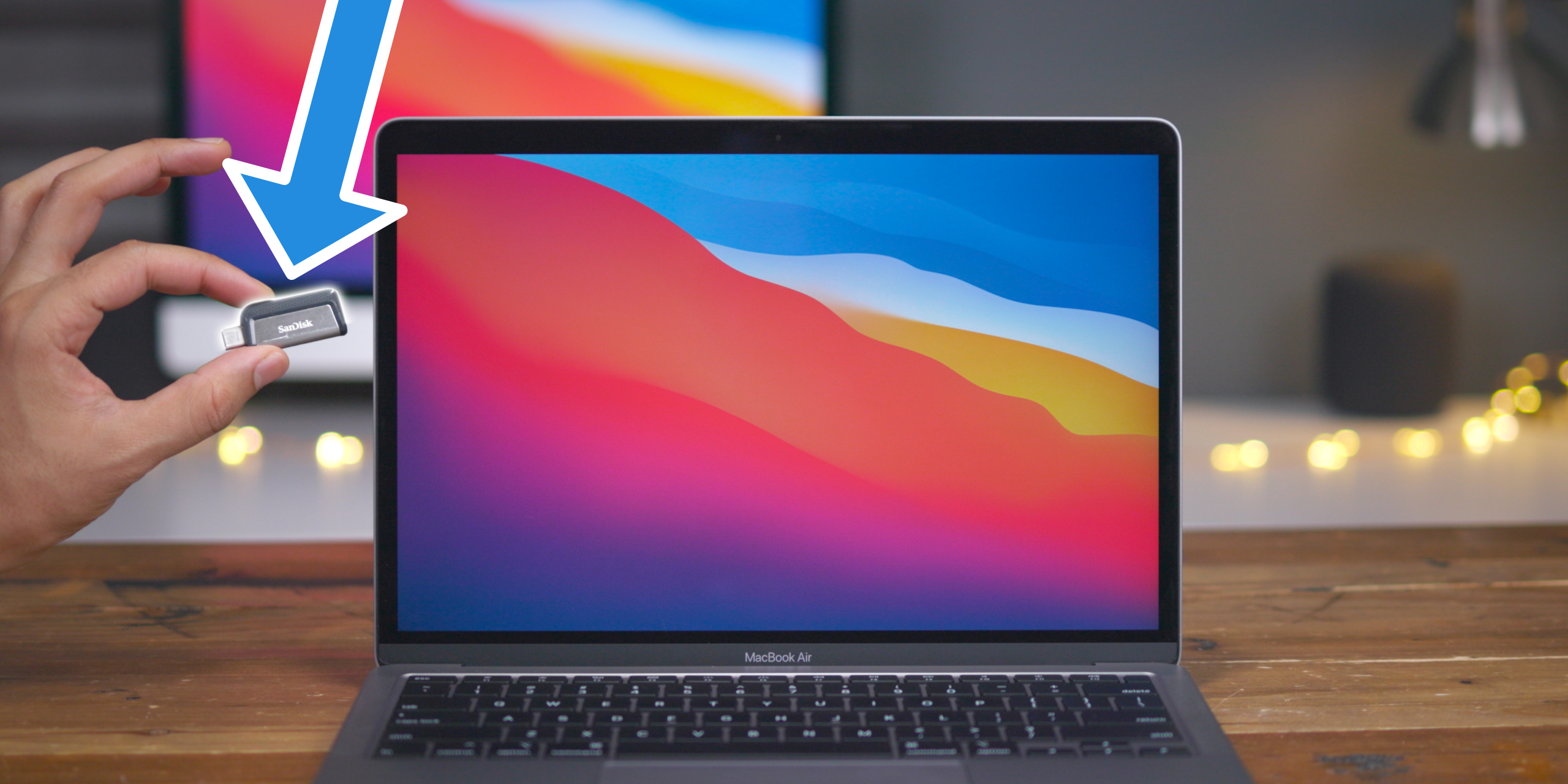

- #BEST DRIVE TO USE FOR BOOT DRIVE ON MAC PRO HOW TO#
- #BEST DRIVE TO USE FOR BOOT DRIVE ON MAC PRO FULL#
- #BEST DRIVE TO USE FOR BOOT DRIVE ON MAC PRO PC#
- #BEST DRIVE TO USE FOR BOOT DRIVE ON MAC PRO FREE#
- #BEST DRIVE TO USE FOR BOOT DRIVE ON MAC PRO WINDOWS#
It could be that your Mac already recognizes the device, but just isn’t showing its icon on the desktop screen.
#BEST DRIVE TO USE FOR BOOT DRIVE ON MAC PRO PC#
If you’ve got a PC or laptop, it’s worth connecting and seeing if you can access the files through another device.
#BEST DRIVE TO USE FOR BOOT DRIVE ON MAC PRO WINDOWS#
It could be that you are trying to connect something only fit to interact with Windows devices. Not every external drive is optimized for Macs.

Restarting your Mac essentially clears your macOS’s memory and starts it up fresh. Or press and hold the power button and, when a dialog box appears, click Restart or press R. Hopefully, some data damage can be fixed by restarting.

It could be a hardware issue with the Mac. Try connecting the same device with a different cable. Assuming it’s plugged in correctly, not wobbly or loose, the cable could be at fault.
#BEST DRIVE TO USE FOR BOOT DRIVE ON MAC PRO HOW TO#
How to fix an external disk drive that won't show up on a Mac

You may want to think about swapping out the optical drive using the dual drive kit. Also make sure you repair the permissions too. I would recommend running Disk Utility using your external disk as the booting drive to test out and repair as needed your internal HD.
#BEST DRIVE TO USE FOR BOOT DRIVE ON MAC PRO FULL#
Using an external disc make a full copy of your stuff and trim back what you have on your HD to what you will have on your SSD.
#BEST DRIVE TO USE FOR BOOT DRIVE ON MAC PRO FREE#
You should leave at least 1/3 of the storage as free space (not to be used). In fact I wouldn't use all of the space at all. Only at this point should you take your current HD out and put the new drive SSD in.Ĭlearly you can't fit all of your stuff over if you have more than what your SSD can hold. Again using Startup Disk select your SSD as the booting disk again making sure everything is working. Once you get to this point you know your SSD is ready (reset your startup back to the external HD) then using CarbonCopy or other cloner copy over your OS & data from your old HD to your SSD. Using the Startup Disk Control panel make sure your external HD your SSD is able to boot up your system. You first need to prep both your SSD and an external FireWire or USB HD or a USB Thumb drive as a bootable drive (you'll use this drive to do the file transfer). If you are just replacing your current HD for the SSD drive: Follow this Apple TN EFI & SMC firmware updates for Intel-based Macs Before starting this, you should make sure your EFI firmware is up to date.


 0 kommentar(er)
0 kommentar(er)
